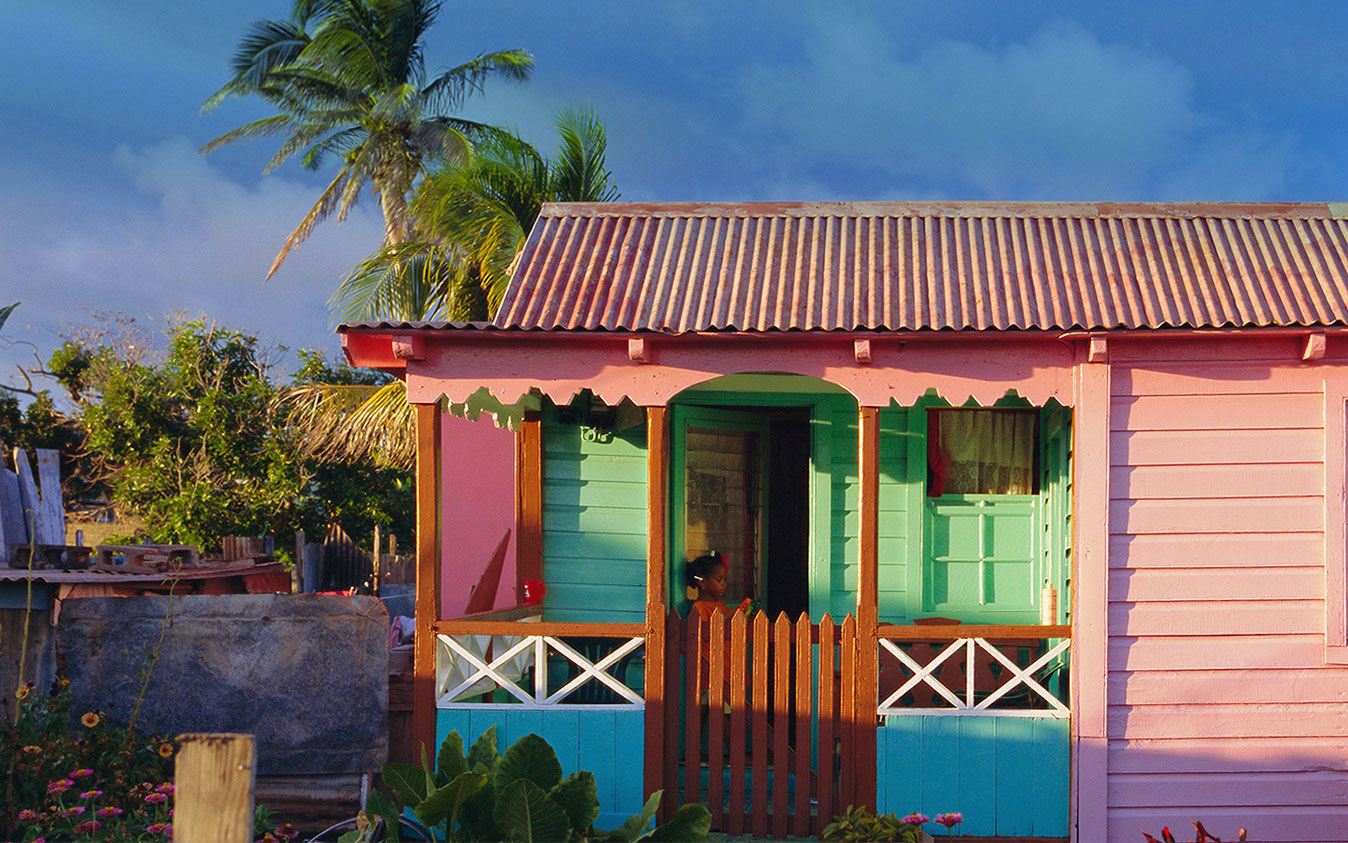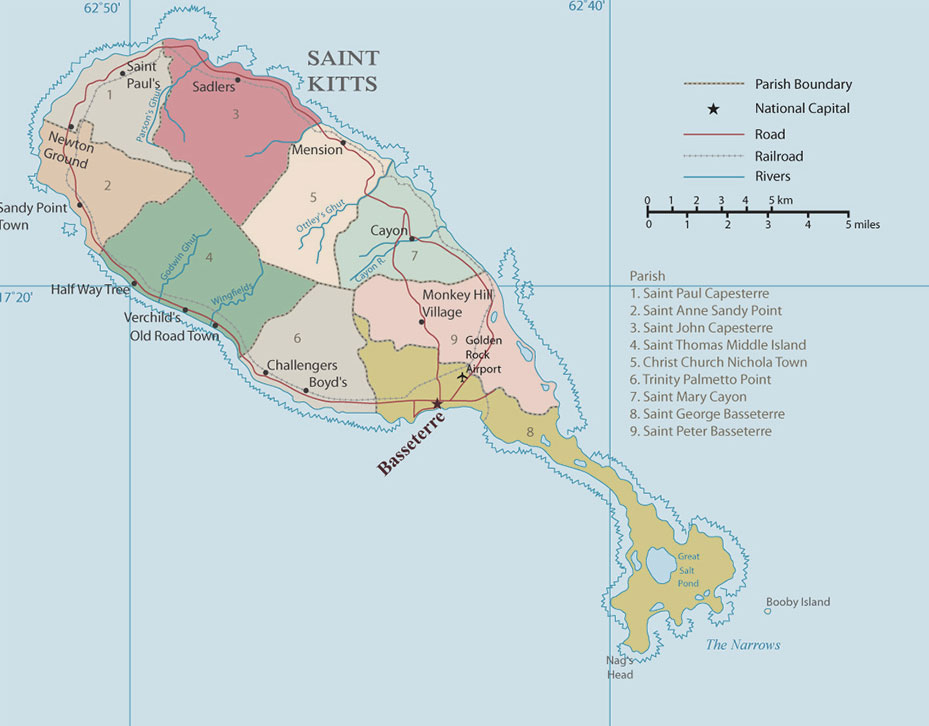Discover
the stories of our proud and friendly people, our charming and colourful villages, our fascinating ruins, our intriguing rain forests,
and our traditions that span centuries.
Our People

Robert Douglas
Robert Douglas Robert (registered as Isaac Lewis) Douglas was born in St. Kitts on the 4th November 1882. He was the son of Robert Gould Douglas, a clerk, and his wife Margaret, residents of New Town. By the 1890s St. Kitts was experiencing serious social and economic difficulties that culminated in the violent disturbances of 1896, known as the Portuguese Riots. For many migration in search of work was the only option. Douglas was among the...
Read more
Ada Mae Edwards
Ada Mae Edwards Ada Mae Andrews was born in Antigua on the 9th June 1911 and came to St. Kitts in 1930 immediately after graduating from the Antigua Teacher’s Training College. Her first appointment was as Assistant Teacher at the Sandy Point Boys’ School where she came under the influence of two of the best teachers on the island, J. E. Hanley Headmaster of the Sandy Point Boys’ School and Ann Locker (later Lady Allen) Headmistress...
Read more
Kathleen Manchester
Kathleen Manchester Kathleen Dorothy, the only daughter of Thomas Manchester and his wife Ada Killikelly was born in Sandy Point on the 4th December 1923. Kathleen’s memory of those years are idyllic, picnics with her parents, hiding in the garden. They were marred by the memories of the Hurricane of 1928 which tore the roof of the family house. That same year Ada died and the little girl passed into the hands of four aunts. With...
Read moreOur Places

Independence Square
INDEPENDENCE SQUARE formerly Pall Mall Square, was renamed on the 19th September 1983 to commemorate the birth of the new nation of St. Christopher and Nevis. It is located on the eastern side of Basseterre bordering on Newtown. Its layout was designed to look like a Union Jack and the streets and houses surrounding it once dated to the mid-eighteenth century. Unfortunately, time and environmental damage have destroyed many of them. Some like the Court...
Read more
St. George’s Anglican Church
ST. GEORGE’S ANGLICAN CHURCH is the largest church in Basseterre. It stands at the head of Church Street and resembles an English parish church in style. The outer walls are of heavy andesite rock and the roof is covered in slate. Like many of the buildings in Basseterre this church has had its ups and downs, often rising from ashes like the mythical Phoenix. In 1635, at the request of the directors of the Company of...
Read more
The Zion Moravian Church
The Zion Moravian Church is a solid structure at the point where College Street and Victoria Road meet. Perhaps its most impressive feature, is its very tall windows. Its interior is modest and uncluttered. In 1774, while on a visit to England, the American born lawyer, John Gardiner, met with Moravian representatives Benjamin La Trobe and John Wollin. Having gone through a politically strenuous time in St. Kitts, Gardiner was growing disenchanted with both the secular...
Read moreOur Events

The Christmas Sport - last week of December
Bull The Christmas Sports takes place in the days between Christmas and New Year. These are street performances. However some elements on the sport, particularly the Masquerade, is used as cultural performances throughout the year. THE BULLis based on a story that had its origins in St. Kitts itself. It is said that Arthur Davis, the owner of Belmont estate, and brother of Basil Davis, Manager of the Sugar factory bought a young bull for breeding purposes...
Read more
Carnival - New Years Day
In June 1957 Basil Henderson, Major L.N Alphonso, Tony Lawrence, Leroy Coury, Alexis Knight, E Vanterpool and Al Barker formed a temporary committee entrusted with the planning of St. Kitts’ first Carnival. It was felt that a Carnival along the lines of the Trinidad one would help the economy and give visitors something to look forward to. By the end of that year St. Kitts had its first queen show, Calypso Show and street parade...
Read more
Treaty of Basseterre 18 June 1981
Treaty of Basseterre Historical BackgroundThe idea of unification within the Caribbean region gained the interest of the British Colonial Office in the late nineteenth Century mostly as a colonial administrative device designed to cut the cost of managing the colonies with failing economies and a growing reliance on Britain. The 20th century however saw a growing discontent with regards to the unrepresentative nature of the island governments. In 1914, T. Albert Marryshow of Grenada, founded the Representative...
Read more"In this bright future, you can't forget your past"
Interactive Map
Move your mouse over the red map markers to view information about each particular location. To read more, click the marker for further information. Locations may also be selected using the adjacent listbox.




